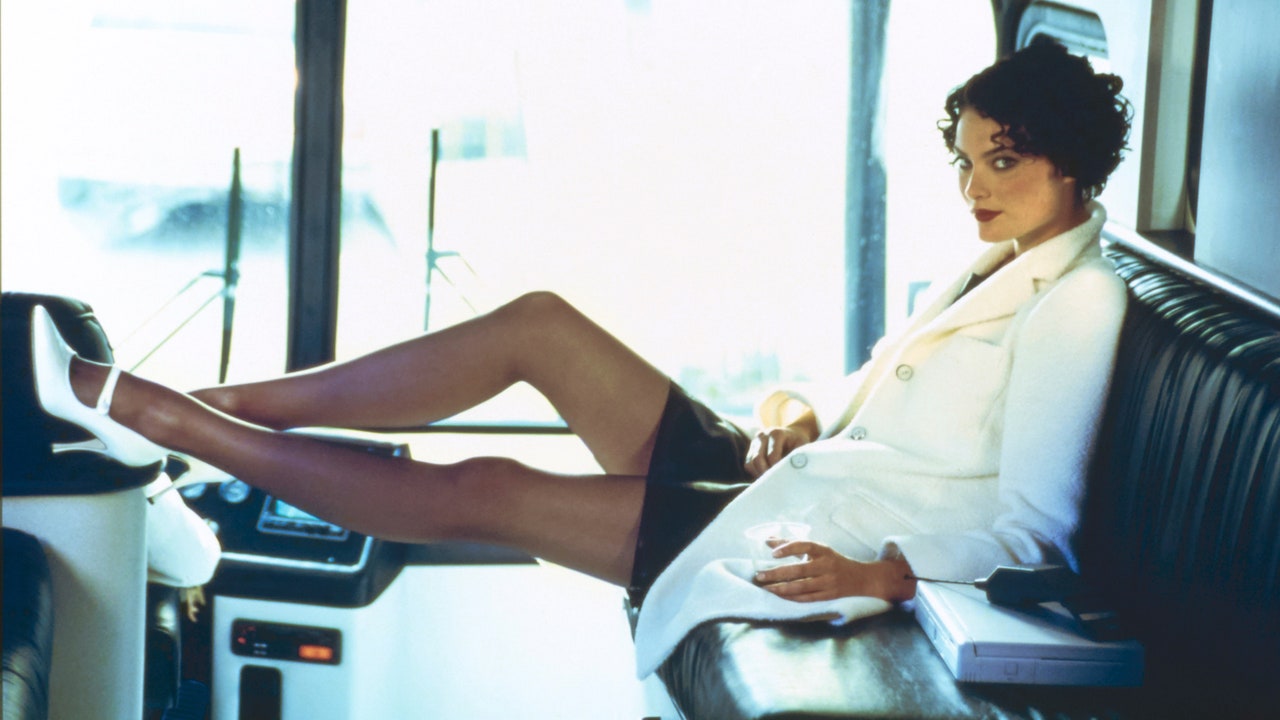From a distance, the ink wash work made by Swedish artist Gunnel Wåhlstrand may conceivably be images. Whilst you step nearer and allow them to pull you in—maybe with a wondrous slash of dancing gentle on water, or an unbelievable hairdo—the concept of them being totally handmade appears virtually implausible. From a portrait of the artist’s mom, captured in a lilac costume and strands of delicate stones round her neck, to an elegantly spare Swedish shoreline, Wåhlstrand’s intense, evocative work concurrently strikes, transports, haunts, and mystifies.
From her studio on an island in Stockholm, Wåhlstrand unpicks her varied creative motivations and inspirations: the suicide of her father when she was one yr outdated; the nice musical affect of award-winning composer Wendy Carlos, who created soundtracks for Stanley Kubrick. So too does she reveal the very specific working processes that mix to type her deeply private apply.
Every portray takes between 4 to 6 months. Wåhlstrand by no means tells anybody, together with her gallery, what she is engaged on. “It’s all the time been like that. I prefer to have it as a secret—it makes it extra particular to enter the room,” she explains. Typically her nine-year-old daughter, Turid, will await her by the studio door (Turid needs to be a painter too)—or, if invited in, will sit on the ground and draw.
Wåhlstrand likes to speak to her work and play the identical 4 or so albums repeatedly. These days, she’s been listening to American composer and accordionist Pauline Oliveros, whose minimal music reminds Wåhlstrand of respiration. It’s when she thinks a portray may be prepared—and solely then—that Jenna Hultén, her accomplice of 27 years and a musician herself, is allowed to enter Wåhlstrand’s studio to inform her whether or not the piece is finished or not.
Along with Carlos, Wåhlstrand calls out Edvard Munch, Gerhard Richter, and Ola Billgren as inspirations, although it was the look of a sequence of ink work—Jesus Serene (1994) by Marlene Dumas—that Wåhlstrand says led her to experiment with the medium. She started by portray individuals from her mother and father’ old-fashioned picture album. “I didn’t dare paint them, so I painted the opposite individuals within the album, till I spotted I used to be working round one thing extra necessary: the images of my father, and those he took of my mom and the time they’d collectively.”
Wåhlstrand’s portray technique is high-risk: as soon as the ink touches the paper, it can’t be altered. That sense of hazard reveals up within the work. “I attempted to color in ink that you can take away with water, but it surely wasn’t the identical—all the pieces simply felt lifeless,” she says. “I feel I must really feel that I’m performing, in a method.”


